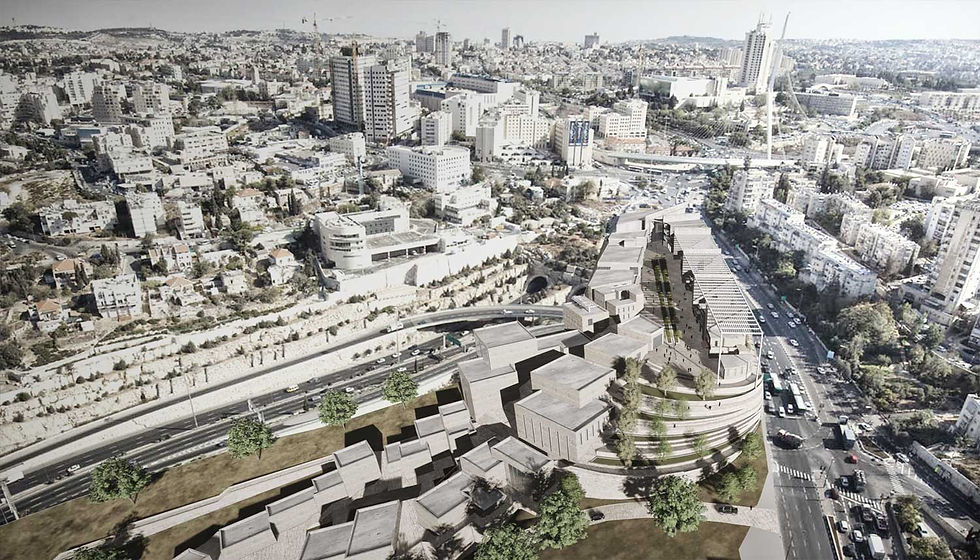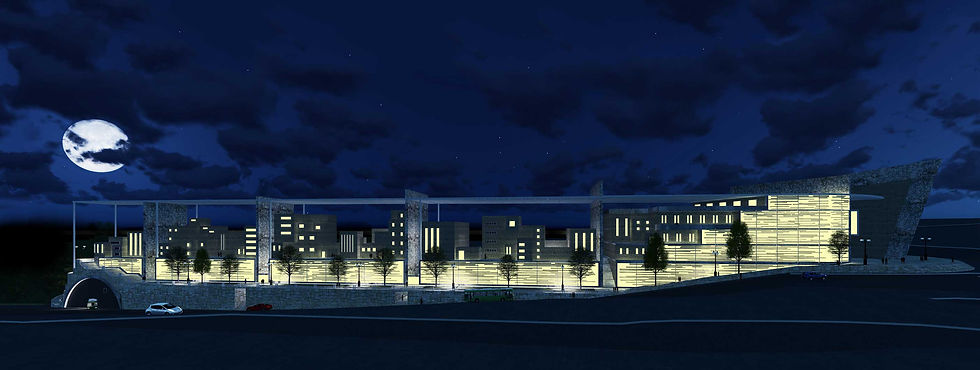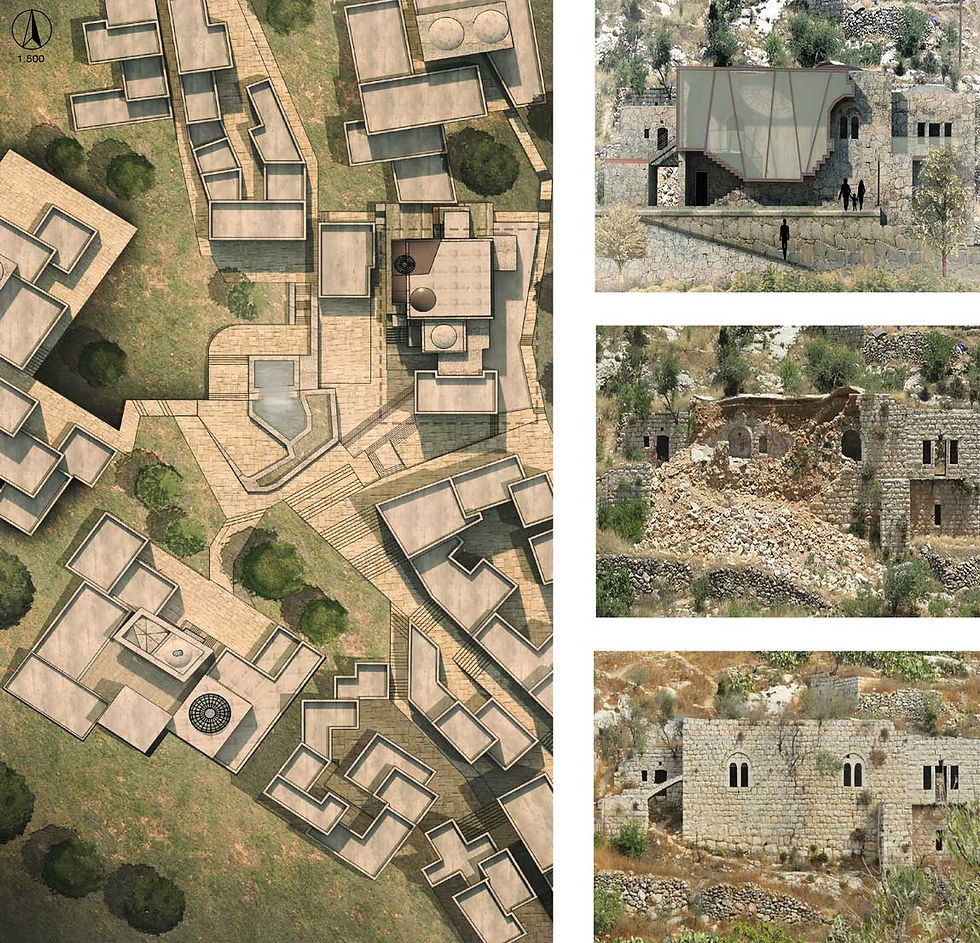Vernacular architecture is an adjective that refers to the native style of construction, that generally is the work of non-professionally trained builders. Nonetheless this style is still considered virtuous. To some extent this construction is tied to a glorious past, and there are architectural commentators that refer to this phenomenon as architecture built without architects.
On the main entrance to Jerusalem from the west lies an ancient village Named "Lifta", an urban complex with a long history, which originated from the days of the Bible. As mentioned in the Book of Joshua, the village was named 'Mai Naftuah' (the water of Naftuah) for the spring that originated in the village. The Arab village fascinates many, due to the direct link between the culture of the Arab village, and the architectural cultural of the Biblical times. In fact, lifta serves as a live museum displaying an extinct culture and architecture of an ancient world and is a show case of the Israeli vernacular architectural style.
The development of Jerusalem after its unification ignores Lifta. People passing by the village on their way in & out of the city are not aware of its existence and it is hidden from the eye. The disconnection from the city helped Lifta keep its unique identity, yet it also harmed the fragile fabric of the village by suffocating it with rods and construction.
This project seeks to address this problem by highlighting the Israeli vernacular style that uses the climate, people and the environment existing in its surroundings to sustain itself.
In fact, Jerusalem gradually expanded in to a city by connecting a sequence of villages which were spread among the hills and valleys and eventually created a unified urban area. The distinction between the old part of the city and the modern ones is extremely sharp, and resembles the difference between the romantic vernacular village and the modern metropolis. As the village is fit for a small local community the city is a modern creation that welcomes its newcomers with a massive Bridge and other projects caricaturized by their size and presence.
The aim of this project is to connect between the physical and cultural dimensions of village and give a new dimension to Jerusalem, which draws its values from ancient Lifta and highlight this significant landmark on the long road from Jaffa to Jerusalem. The main challenge of this project is to embed the values of Vernacular architecture, that by nature are spontaneous and adaptive, and connect them to the outskirts of the Capitol.
A successful project will allow the restoration of the principles of the village and implementation in the city that will give way to the connection the city should have with the nature surrounding it.
To this end, reviving the village based on the existing historical structure is the best way to unite it with the cities entrance. The entrance to the village will be the gate way to the city that will be the entrance to this hidden reality. Once united and reviled the village will serve as a bridge between Vernaculariazim and modernization.
As Adolf Loos said: "Pay attention to the way the farmers build, it is the result of the wisdom of their ancient ancestors. But the search for the cause of these forms! If new techniques make it possible to improve the shape you should always improve the shape".
from vernacular to modern
Lifta revival













